The ideal way to heal any wound such as burns, scrapes, lacerations, diabetic ulcers and bedsores is to use sugar for wounds for healing. At the point when sugar is stuffed in a wound, it makes an intensely concentrated medium in which bacteria can’t survive. Sugar likewise diminishes swelling, enhances the expulsion of dead tissue, and aids the formation of new blood vessels and connective tissue. The net outcome of utilizing sugar to treat wounds is quick healing, with negligible scarring.
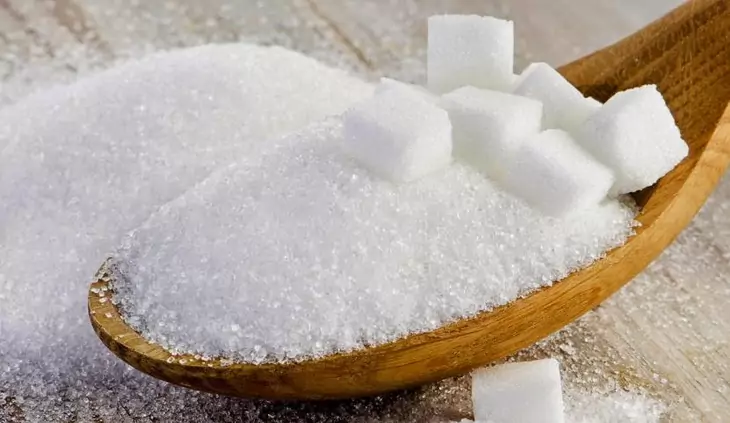
A lot of sugar might be unsafe for the waistline, still, it could help recuperate wounds faster compared to antibiotics. It was discovered that granulated sugar poured on leg ulcers, bed sores and also amputation enhances healing when antibiotics and some other medicines aren’t working. The sugar absorbs water from the injury into a dressing, thereby quickening the healing process. Read on to know more about the miracle of sugar and sugardyne on wounds.
Treating Your Wounds with Sugar
Whenever you or somebody you adore happens to get a burn, cut, or scrape, you most likely head straight to the first aid looking for some sort of antibiotic or antiseptic treatment, with some swathes, to help improve everything all. While numerous advanced concentration of moisturizers, potions, and creams are one acknowledged method for healing a wound, you might be pleasantly astonished to discover that there is one other effective treatment solution on the line, cheaply, right on the baking shelf of your closest neighborhood foodstuff store.
Now, you are likely pondering about what we might be talking about. A less expensive solution for healing open wounds that can be gotten from the baking area. The previously mentioned solution that we are discussing here is a simple table sugar. Of course, we are talking about the usual, white granulated sugar that you often use in the kitchen to make your coffee or food taste sweet. Sugar is really an incredible antibacterial medium. Sugar has supposedly been utilized since ages to enhance fast healing of wounds. Truly, some reports show that sugar has been viably utilized for its antibacterial features for no less than 5,000 years.
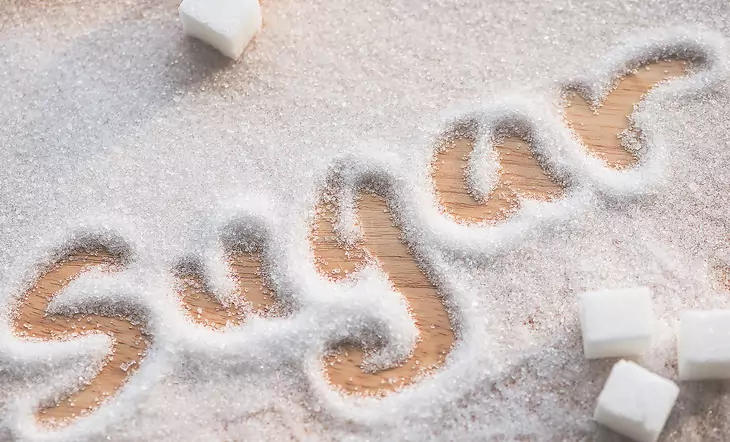
With continually increasing anti-infection strains of microbes being discovered more frequently, this is beginning to wind up a major issue. However, what is exceptionally extraordinary about sugar is that it has features that bacteria are just not impervious to. Despite the fact that sugar works extraordinary as an antibacterial aid on minor scrapes and cut, it is likewise exceedingly effective at healing highly intense or contaminated wounds. Sugar additionally has been discovered to work miracles at healing abscesses and burns, even those ones that are very severe.
Basic and cheap table sugar, works effectively that it can, at times, even help spare somebody’s life! For instance, there was a certain situation whereby a patient was almost having a limb severed in order to save their life, but specialists could help in saving that limb, and the life of the patient, by just treating the injury with a basic sugar dressing also known as sugardyne. One additional advantage of sugar is that it functions in various ways in healing a wound very fast, while likewise leaving almost no skin scarring. Any wound, cut or scraped spot is prone to infections if not properly treated immediately and viably. Certain wounds that get to be infected can result in a loss of limb and if possible death.
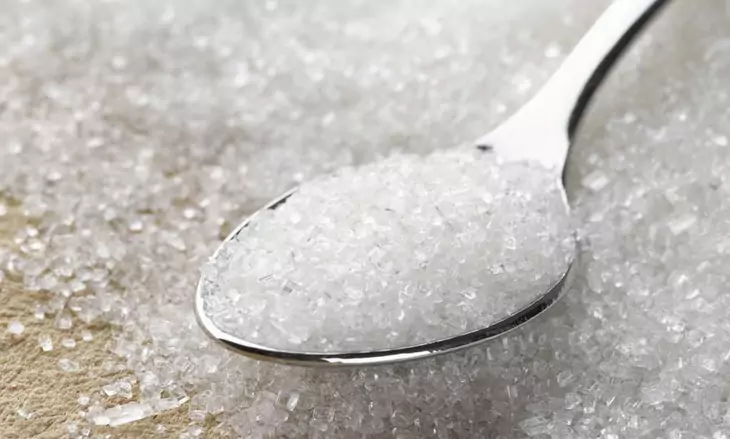
For close to 5000 years, therapeutic experts have discovered the wound healing features of sugar. Presently in Europe and U.K. specifically doctors, nurses and some other medical practitioners directly in charge of the treatment of burns and wounds are bringing back this 5000-year-old treatment solution. Trials, utilizing patients with wounds, have proven that the old treatment works.
The main reason sugar functions to treat wounds is due to the fact that sugar tends to draw moisture through osmosis process. This process both dehydrates the bed of the injury to aid the formation of new tissues and gets dried out the bacterium that causes the wound infections, leaving the bacteria fragile and weak. Sugar consumed orally, however, won’t eliminate bacteria in the body.
Sugar is hygroscopic and works to dry out all bacteria. Bacterium definitely needs water to survive and to increase. In this manner, the absence of water results in the elimination of bacteria. When the bacteria die, there is no way they can multiply. Therefore, infection can’t happen if all bacteria are wiped out in and around the injury. Researchers have discovered that the mixture of honey and sugar can promote the healing. It might be that the thickness of the honey enables great infiltration into the injury and enable better contact with the injury.
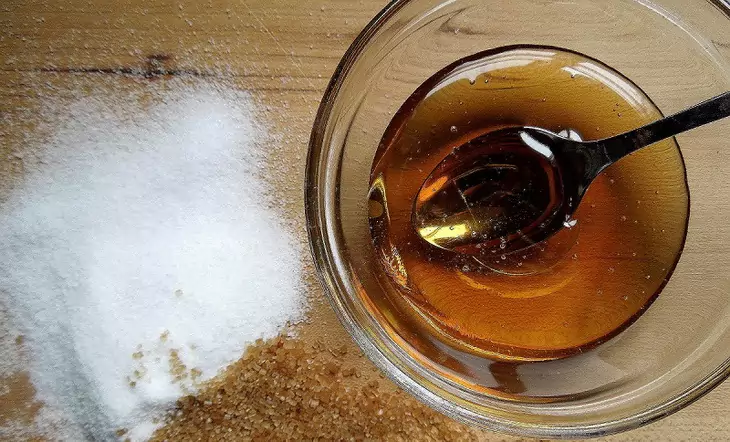
Honey likewise has certain anti-bacterial features as discovered by some specialists. A similar hypothesis applies when cooking oil is blended with sugar to cure wounds. The honey or oil is blended with sugar and utilized as a salve.
The Meaning of Sugardyne
Sugardyne, is known as a specially-formulated dressing solution appropriate for use on a number of wounds, ulcers, and burns. It was produced in its earliest mode by the battlefield surgeons in antiquated Egypt around 4,000 years ago as grease and honey. However, povidone-iodine was later incorporated into the formulation and the product was referred to as “Sugardyne”, meaning SUGAR for its most plenteous part and DYNE for power. That included chemical called povidone-iodine was proven irrelevant and it was dropped directly from the formulation.
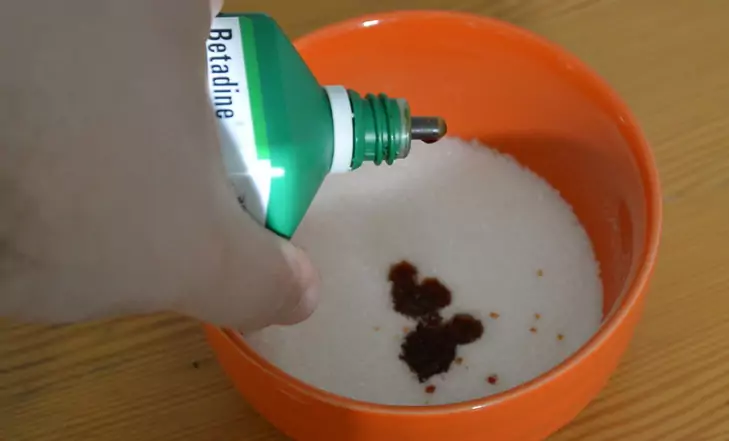
However, the composition has advanced to incorporate just two substances, i.e. powdered sugar, obtained from Egyptian’s honey, and cooking oil rather than their grease. These materials have turned out to be effective and have been proven to be far better than all antibacterials in eliminating infections. They have eclipsed a lot of the substantially costly materials and items in battling infections as well as in adding to unparalleled healing also. They not only prevent infections, but also add generously to cost savings, lessen the need for skin grafting and cut the general wound and burn care cost. You are most welcome to the interesting world of Sugardyne!
The Operations of Sugardyne
For a huge number of years, the majority has made due without the utilization of antibiotic agents. Numerous early treatment solutions for infected injuries included honey. Some researchers explain the treatment of serious burns and wounds with coagulated honey and milk held in position by a muslin bandage. However, granulated sugar was later utilized to treat bruises in both humans and horses. Today a mixture typically regarded as Sugardyne is broadly used to treat wounds and sores on horses. It has ended up being effective and is economical.
Sugar is bacteriostatic, anti-infective and fungistatic. This implies that it doesn’t enhance the growth of fungus or bacteria. The sugar alone has been utilized for wound treatment and proven much more effective. But Sugardyne, which is a mixture of sugar and iodine has ended up being more powerful. You can buy different Sugardyne mixtures at various stores that offer pharmaceuticals for horses and some other animals or you can also create it yourself. Sugardyne contains oil, which operates physically.
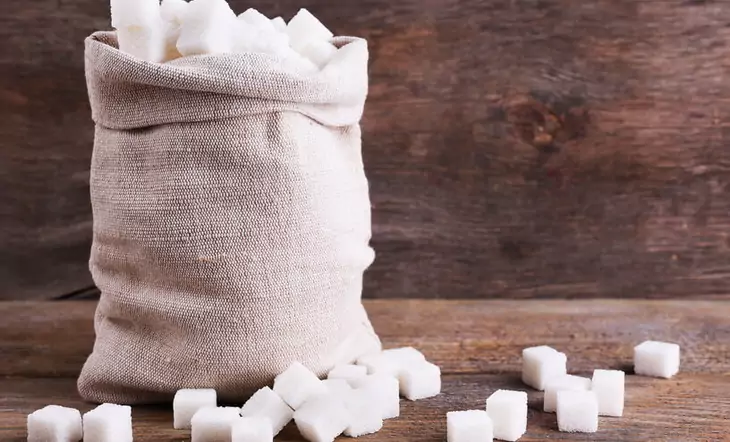
The oil coats the external bacterial film or cell wall, meddling with the typical capacity of the cell to convey water and foodstuffs into and wipe out the cell’s ability to move waste out of the cell wall. The oil, therefore, keeps water and foodstuffs from penetrating into the cell; it likewise averts departure of cell waste items. However, the bacterial cell dehydrates and dies off.
It is important that all microbes, both Gram positive and negative sorts, are influenced in an unfavorable route by the oil and sugar present in Sugardyne. Furthermore, not at all like antibiotic agents whose power is chemically worked, bacterial resistance can’t happen with Sugardyne due to the fact that its energy depends on its physical features.
What Should Be in Your Survival Medical Kit for Wound Treatments
- Add granulated sugar to the item lists. Any sugar, you are able to find on the grocery racks, will be effective as long as it is a pure one. The physical features of granulated sugar play a vital role in wound treatments.
- Ensure you have bandages or clean material to make the bandages. Clean water is important so you will require the means to gather and cleanse a water source.
- Topical sterilizers, for example, povidone-iodine should also be in the medical kit.
- Get material necessary for a tourniquet in your medical kit and know when and how to utilize one. There are certain circumstances when one is required. Stopping or constricting the flow of blood to the limb can cause harm to tissue that is Incapable of being reversed and can bring about the loss of the limb. Ordinarily, a tourniquet is utilized when an amputation occurs or when there is, a blood vessel wound and bleeding can’t be controlled be adding pressure.
- Have a suture medical kit, but still know when and how to suture an injury.
- Have thermal covers for treating shock
- Gloves
- Scalpel or Razor knife that has been shielded from infections
- Prescription pain medications or over the counter
The item list is not comprehensive enough, but It must be adjusted to suit certain needs. Sugar should be stuffed so it doesn’t take in moisture from the air and therefore it isn’t defiled with dirt and some other debris. Enabling the sugar to take in moisture may diminish its viability in wound treatments. See our article on the best first aid kits to prepare yourself for every emergency situations.
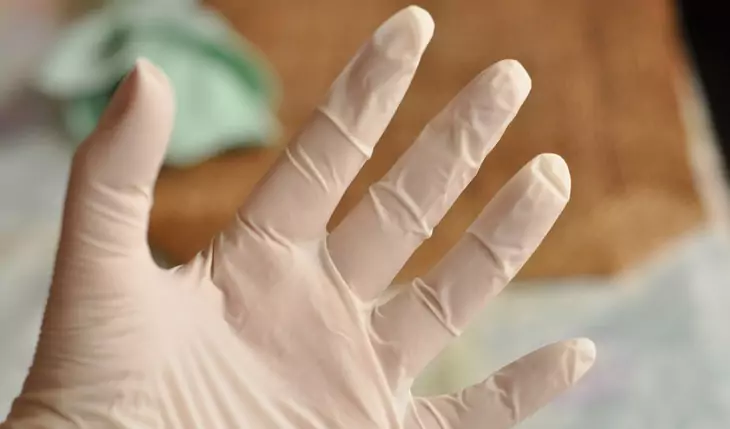
The amount to pack, this depends on. Just imagine that you would need to treat yourself and any other person with you. One packet of sugar, a similar kind found on eatery tables likely would be taken as a treatment if the injury is little. You would require up to at least four treatments for each day, per wound. Try not to neglect expert medicinal treatment since you now have sugar on the injury. Look for medical assistant quickly if available.
How to Use Sugar On Wounds?
Healing wounds with the use of sugar is an old-fashioned convention that has been utilized by both Native Americans and some other tribes in Africa. In the year 2009, many tests were done in British hospitals to figure out if there is any truth behind the possibility that sugar can be utilized to treat wounds and prevent pain.
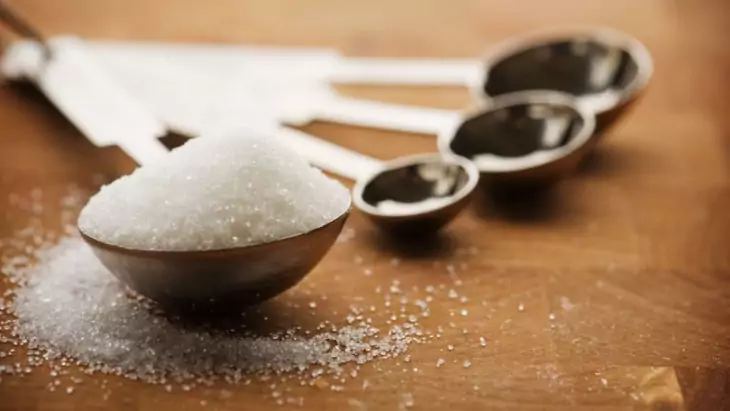
After numerous tests, it was eventually proven that the treatment had turned out to be a successful one. Here are the necessary steps to follow when using sugar on wounds:
- Step 1: Clean the wound properly by utilizing soap and warm water. Then pat dry the wound until you are certain that there is no more moisture left. If some sort of debris or dirt is seen inside the wound, remove everything and clean once more.
- Step 2: Pour sugar directly on the injury, ensuring that it gets straight into the wound and does not stick to the surface only. If the injury is large, firstly use honey to cover it and after that sprinkle some sugar on top of it. The honey will enable the sugar to remain in position and gives its complete healing advantages.
- Step 3: Cover the wound with a bandage quickly and hold the bandage firm with tape. The bandage will keep debris and bacteria from getting access into the wound.
- Step 4: Replace the bandage and do the cleaning and sugar application again once every day. Rip off the bandage, instead of softly, pulling it. The hard motion will eliminate damaged tissue and clear the injury.
- Step 5: Make sure you are consistent. Healing wounds with sugar is a slow process which can possibly take a while for severe wounds to heal up. However, you will begin to see positive outcomes immediately, as the sugar will decrease throbbing and pains in the injury and the encompassing tissues.
Cautions When Using Sugar On Wounds
Honey without glycerin might also be utilized instead of sugar, but when it comes to the cost, sugar is preferable. Honey and sugar are ideal to use on diabetic injuries since they don’t enter the bloodstream. They won’t work on pustules or abscesses that are secured with skin. Likewise, don’t utilize these sugar on a bleeding injury, as it enhances bleeding.
All bleeding must be totally controlled by utilizing Sugardyne on a fresh injury because all sugar, including syrup and honey, are binding with calcium. If there is a lack of calcium, there is no clotting. The utilization of Sugardyne after the injury is quite easy; Sugardyne can be applied gently to the injury without the fear of any bleeding once the clots are formed. It usually takes 1-2 days for clot formation. A bounteous measure of Sugardyne is used to fill or cover the injury and after that covered with a dry bandage.
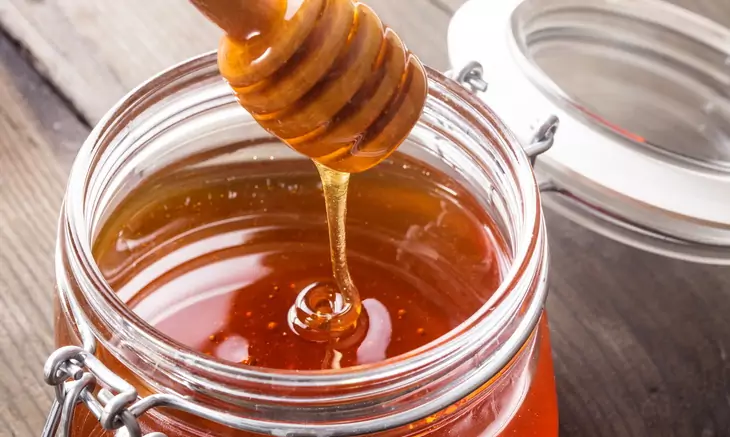
Intense wounds are pressed loaded with Sugardyne to the fullest. Dressings are changed once in a day. Dressing changes proceed until the wound is completely healed up. However, there is no need of skin graft. The skin will automatically coat the granulation tissue that fills the deformity, entirely. Treatment of burn is quite simple. At the point when Sugardyne is applied, all the pain stops quickly.
So, no opiate analgesics are required. No fastidious debridement, of the surface of the burn is required. Sugardyne will guarantee that the burn really self-debrides. When the wound is covered and monitored properly, skin islands will show up and after that skin will comply to finish the complete process, and generally leaving the patient with less scarring.
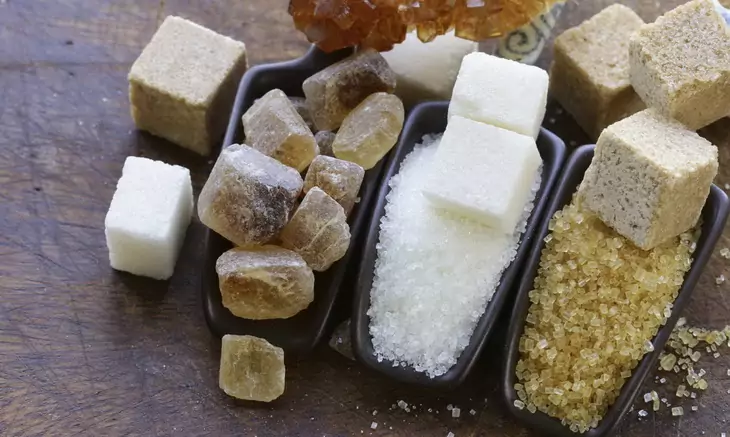
Those in charge of treating severe injuries should always be aware of the possibility of gas gangrene, especially where there are open fractures or puncture wounds. To better assess the severity of the cut, see our article on how to tell if the wound is infected for information. In these cases, meticulous and irrigation debridement are very important in order to maintain a strategic distance from infection. Sugardyne can’t be relied upon to be successful if the bacteria are covered deeply where they can’t be in close contact with Sugardyne. Seeing how sugar and oil function by means of physics in Sugardyne has been able to assist in comprehending the riddle of old Egyptian injury healing with their usage of grease and honey.
Wrapping it up
Sugar goes about as an osmotic stun treatment by drawing, engrossing and dehydrating the wound, and also hindering bacterial intrusion while gently enhancing the formation of new tissues. As explained earlier in the article, you can make use of granulated sugar alone, or blended with povidone iodine, which you can get at any nearby local drug store, to create a spreadable sugar paste. You may likewise keep any unused remains of the paste in a close container so as to make use of it later. Similarly, as with a traumatic wound, wash and flush away the cavity with neat water and peroxide and apply pressure until the bleeding stops. Packing a wound for the application of sugar could make the wound bleed exorbitantly.
To help keep the injury consistently safeguarded against infections, ensure that you check the dressing and packing often. At the point when the sugar pack gets to be liquefied or syrupy, flush away the old liquids and damaged tissue matter with neat water, repack the wound with sugar and apply the bandages.
Before you leave for your next backpacking adventures, read our article on safety tips for camping to prevent injuries.
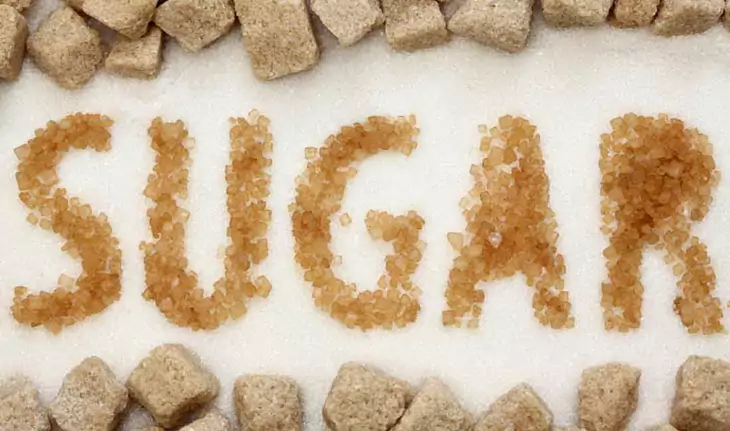
Next time you or a friend or family member sustain a wound, you might need to consider going after your sugar bowl instead of going for a container of an antibiotic treatment. Try it out at some point, and you might be greatly astonished by how rapidly the wound starts to heal! Have you been using sugar on wounds? Do you want to share us your experience? Leave us a comment below.


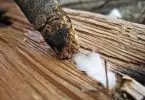





Most people are used to medication, but at times it is good to go natural. So, sugar should be part and parcel of your survival medical kit.
I have tried the treatment; well, it works wonders by drawing water from the wound and into a dressing for accelerated healing process.